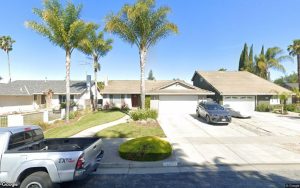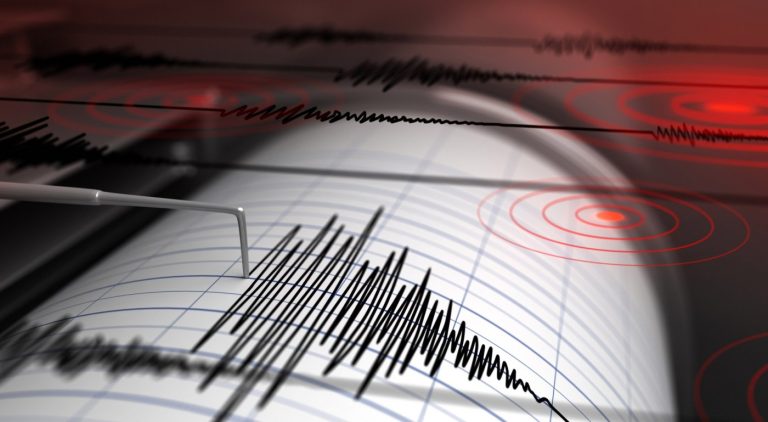Despite years of studies, enthusiasm from local elected officials and widespread concerns about the Bay Area’s lack of affordable housing, the $20 billion regional housing bond set to appear before voters this November could be cut from the ballot.
Citing voters’ dwindling support for new taxes, the Bay Area Housing Finance Authority, the regional body that approved putting the measure on the ballot in June, called for a special meeting Wednesday where they will discuss whether to pull the measure.
The decision comes at the eleventh hour: per California elections code, Wednesday is the last day that BAHFA can withdraw a measure before the November election.
A poll conducted in early June and commissioned by BAHFA found that after receiving detailed information regarding the benefits of a potential housing bond, 55% of voters supported it — below the two-thirds vote threshold currently required to authorize a bond.
Voters in November will also be asked whether to approve an amendment to the California constitution, Proposition 5, that would reduce the threshold to 55%.
But that amendment’s viability is under threat. On Aug. 1, the Sacramento Superior Court sided with the Howard Jarvis Taxpayers Association on their lawsuit over the amendment, ruling that the ballot label — “ALLOWS LOCAL BONDS FOR AFFORDABLE HOUSING AND PUBLIC INFRASTRUCTURE WITH 55% VOTER APPROVAL” — needed to be rewritten. By including only the 55% figure, the label “fails to inform” voters with the main purpose of Prop. 5, which is that it lowers the threshold for bonds, the ruling found.
With new wording, the amendment could be less appealing to voters. If Prop. 5 doesn’t pass, then the housing bond almost certainly wouldn’t either.
The affordable housing bond, also called Regional Measure 4, has also faced its own legal challenges. Last week, a group of opponents sued BAHFA over its own wording of the measure, which they said was biased and inaccurate. The BAHFA board will also discuss the lawsuit in a closed session at Wednesday’s meeting.
Pulling the bond from the November ballot would be a major blow to leaders of Bay Area cities and counties, who are counting on the funds to help build new income-restricted housing and interim shelters for the homeless. If approved, it would be the biggest housing bond in California history, providing funds to preserve and build up to 90,000 affordable homes.
Related Articles
Red-state Republicans say they’ll defend Biden-era green jobs
How Elon Musk uses X to amplify his right-wing views
News outlets were leaked insider material from the Trump campaign. They chose not to print it
US Rep. Ilhan Omar, a member of the progressive ‘Squad,’ faces repeat primary challenge in Minnesota
Kamala Harris cautiously rolls out policy, aiming to outmaneuver Trump and address 2020 liabilities
But the bond has not been without critics, who mainly take issue with its high cost. The bond would levy an estimated annual property tax of $18.98 per $100,000 of assessed value, or about $265 per year for a $1.4 million home or commercial property. The total cost, including principal and interest on the bond, is estimated at $48.3 billion and would take more than 50 years to pay off.
For BAHFA, it’s a question of whether to spend more money on a measure they have already sunk thousands of dollars into. BAHFA is on the hook to reimburse counties for the cost of placing the measure on the ballot, like translation costs, printing and postage. Pulling the ballot measure now could save BAHFA around $3 million, according to a staff report.












